Tag: Alberta
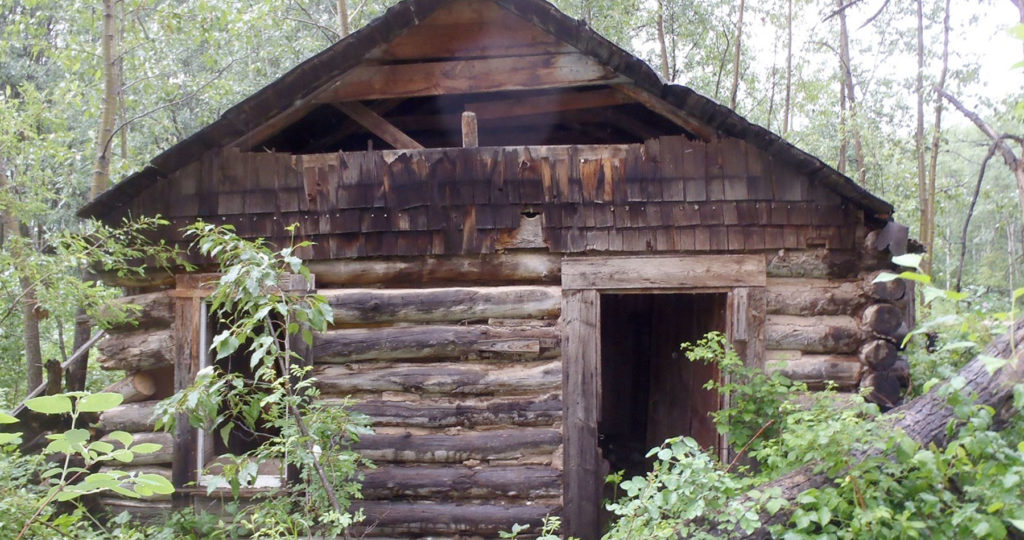
July 3, 2017
How Homestead Records Can Help Archaeology: An Example from Peace River
In the summer of 2016, while doing some work on behalf of Northern Sunrise County near Peace River, Tree Time archaeologists, recorded a cabin as an archaeological site. Although the cabin had clearly been renovated in the late 20th century with wood paneling and plastic sheeting, the cabin showed signs of earlier construction. The cabin
Keep Reading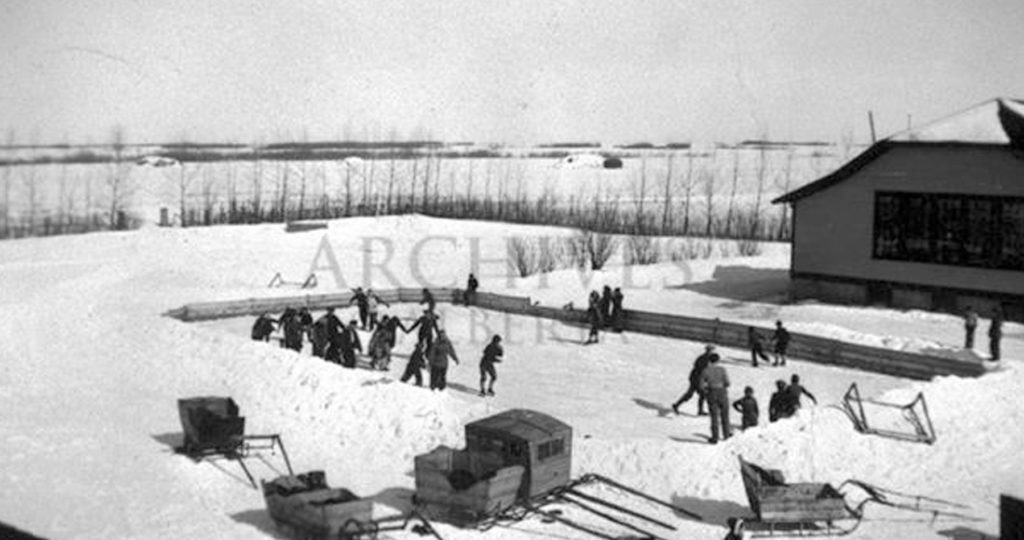
June 26, 2017
The Glenbow Museum Archives
The Glenbow Museum Archives are an exciting tool we can use as archaeologists to learn more about some historic sites that we encounter in our day to day field work, and to predict where we might find a certain type of historic site. We recently worked on a historic site located between Mundare and Vegreville
Keep Reading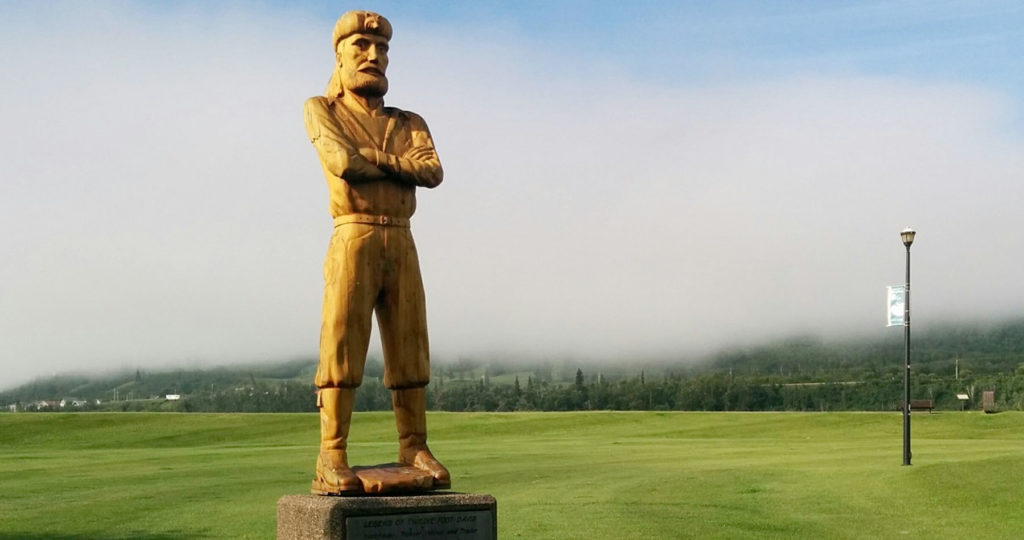
June 21, 2017
12 Foot Davis
When we get the chance we like to get to know the communities that we work in and around. One day last year after finishing work in Peace River, we stopped at the 12 Foot Davis memorial site. Henry Fuller Davis earned his nickname not because of his height, but because of a 12 Foot
Keep Reading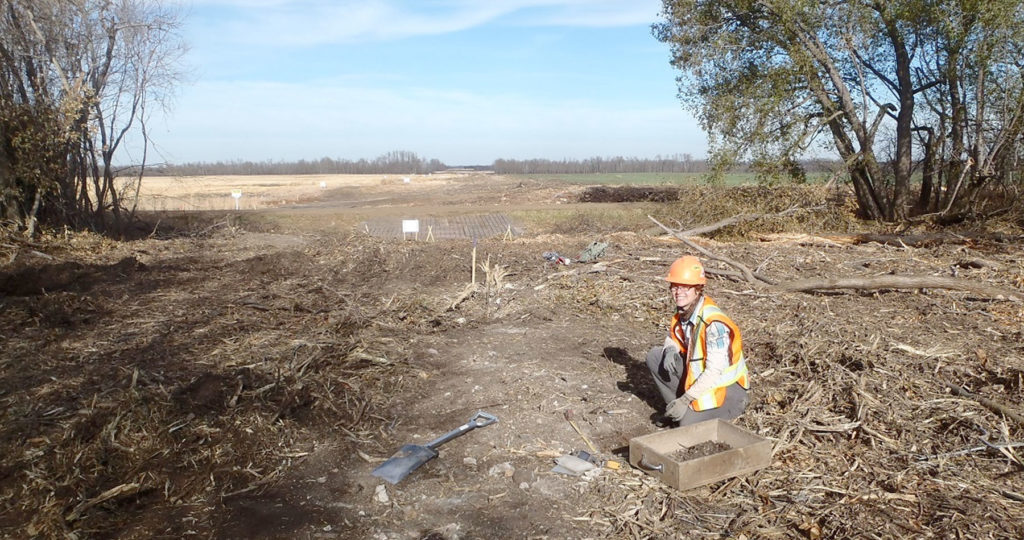
June 12, 2017
Kolomea School
In 2013 Tree Time archaeologists got a chance to work on a relatively rare type of historic period site in Alberta: a historic schoolhouse. The Kolomea school site was brought to the attention of Tree Time Services by construction personnel for a transmission line project. The site consists of three concrete foundations surrounded by non-native
Keep Reading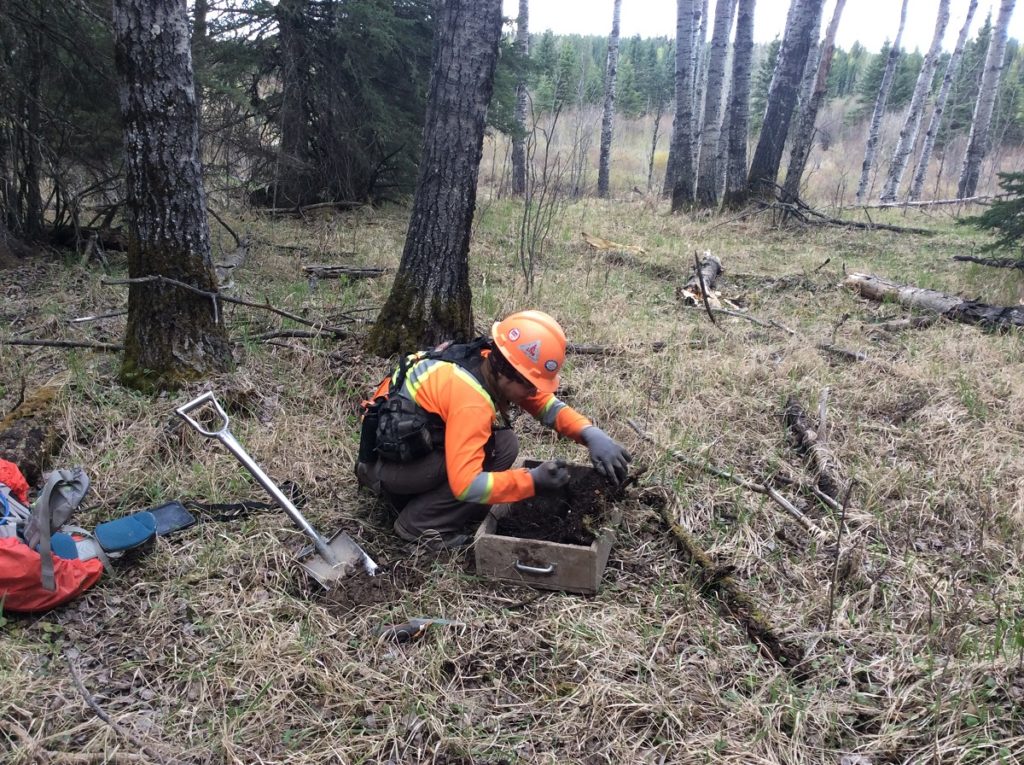
May 31, 2017
Wedge
This little guy is a wedge, or sometime as it is sometimes known as its french name, pieces esquilles. These tools are thought to have been used to split organic materials like wood and bone, much like an ancient stone chisel. One of the sharp sides of the wedge would be placed against the material that
Keep Reading
May 29, 2017
Conch Shell
At our Archaeology Roadshow event in Lac La Biche, in fall 2015 Allan and Juanita Gaudreault brought in several conch shell fossils. These shell fossils were heavily worn and most were down to the central spiral. This made them difficult to identify at first. These are very unusual specimens because these type of marine shells
Keep Reading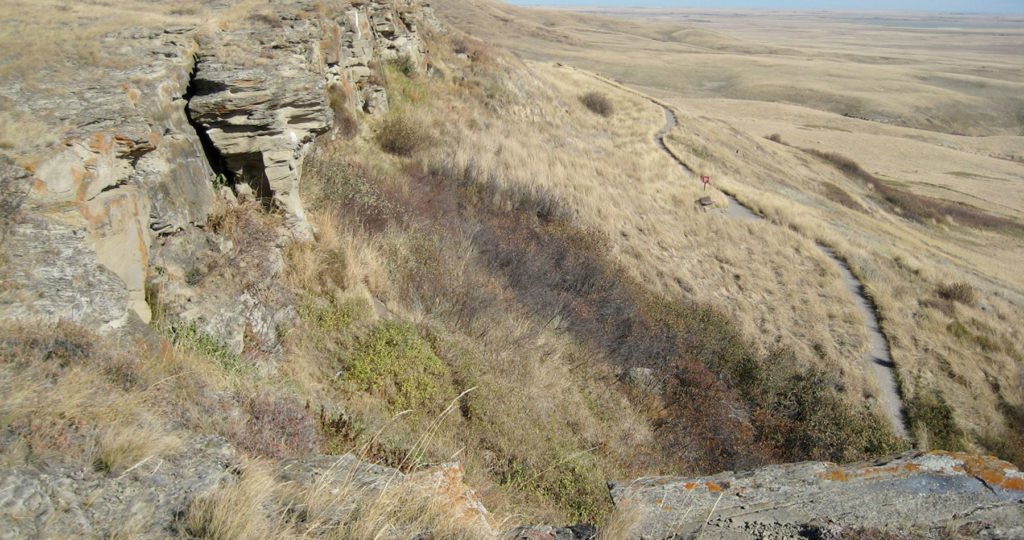
May 1, 2017
Alberta Top 10 Archaeological Sites
As Canada celebrates 150 years since Confederation it is important to remember that the history of the land we call home goes back thousands of years. Tree Time Services staff discussed some of the most important archaeological sites in Alberta and created a top ten list. Several of these sites can be visited by the
Keep Reading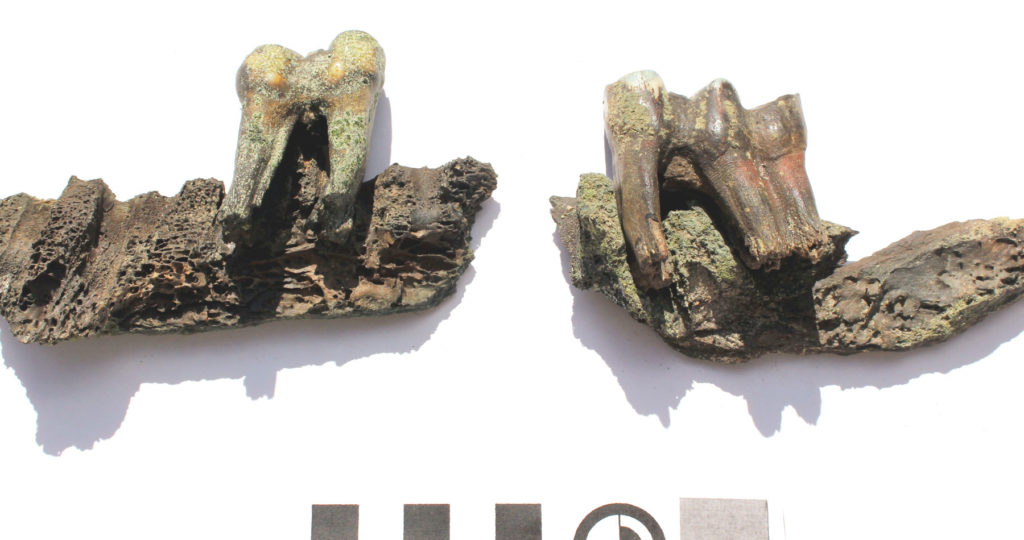
March 30, 2017
Bison Jaw and Horse Tooth
At our Archaeological Roadshow event in Lac La Biche, AB Allan and Juanita Gaudreault brought in a collection of fossils. The fossils were fragments of a darkly stained bison jaw and a set of blueish grey horse teeth. Mr. Gaudreault told us the specimens were found in a low area near a lake. We came up
Keep Reading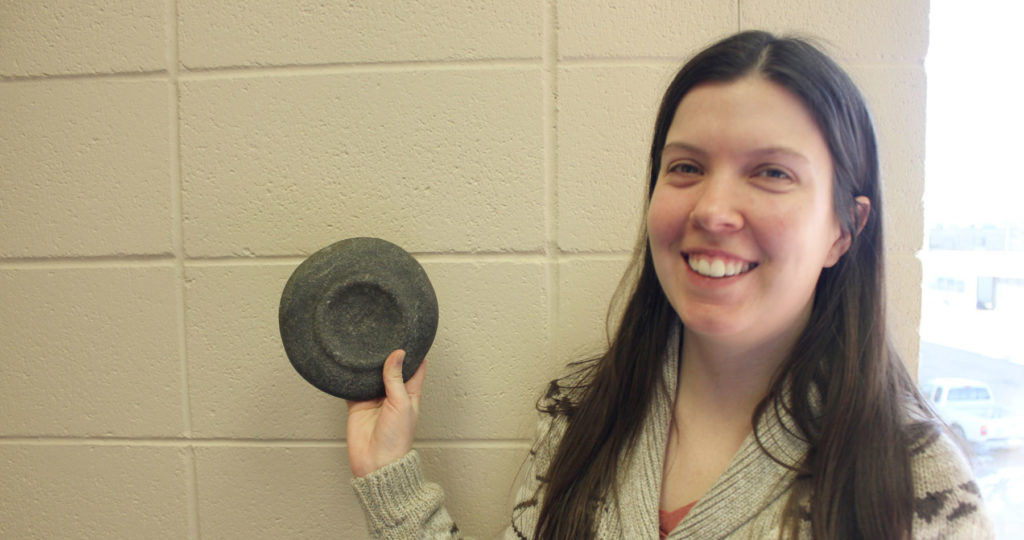
March 6, 2017
Ground Stone Artifact
At our Archaeology Roadshow in Lac La Biche, AB in fall 2015 a local resident brought in an interesting artifact that was found on a farm near Camrose, AB in the 1940s. The artifact is a 5 and 1/2” round stone with a wide, shallow depression on one side and a smaller lipped depression on
Keep Reading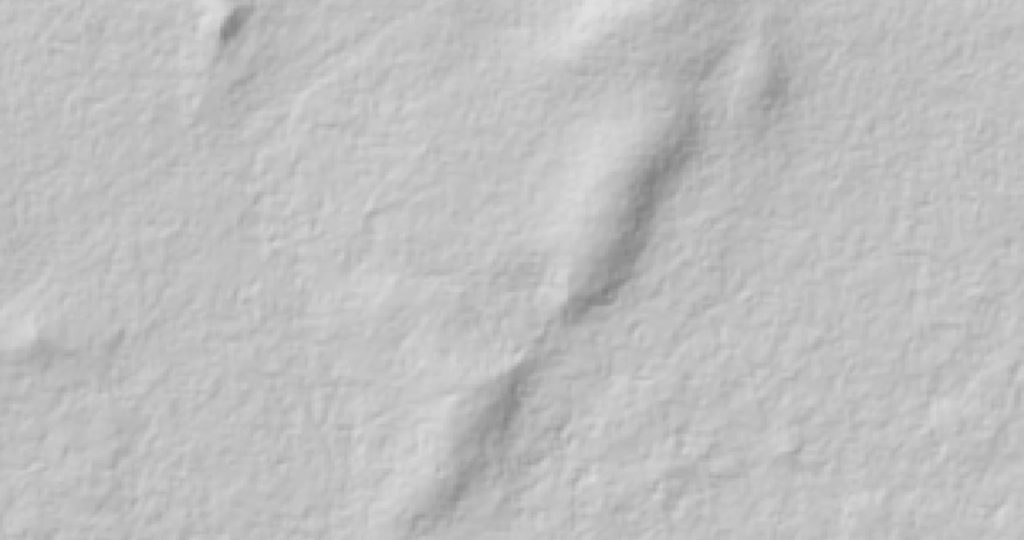
February 20, 2017
Finding Archaeological Sites from the sky using high-tech advances in archaeology
In recent months, news feeds have been erupting with stories of “Lost Maya Cities discovered using LiDAR”, “revealing the secrets of Stonehenge using LiDAR”, “LiDAR uncovers ancient city near Angkor Wat”, and the popularity of “space archaeologist” Sarah Parcak, but this technology is not limited to finding the remnants of “lost civilizations” in far reaching
Keep Reading